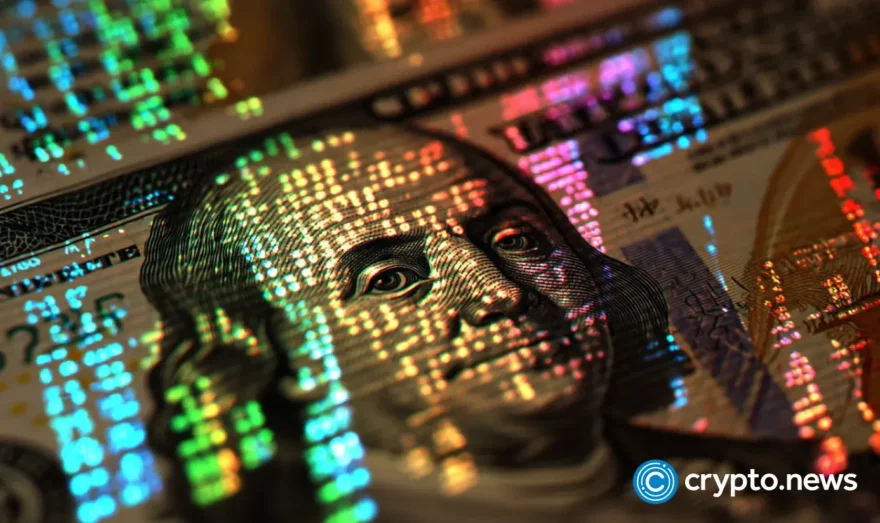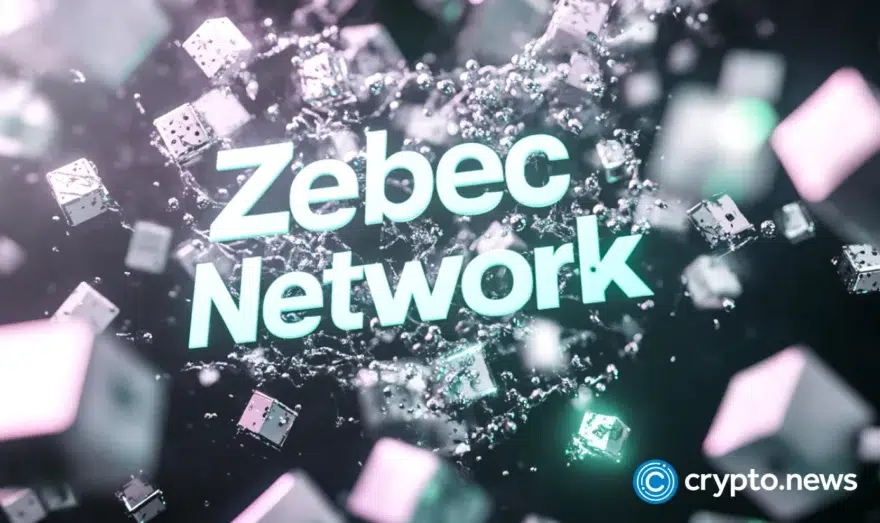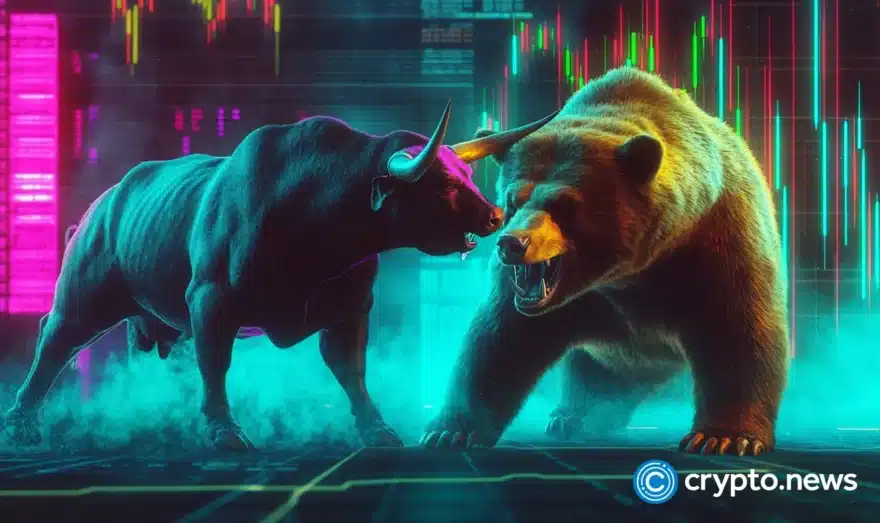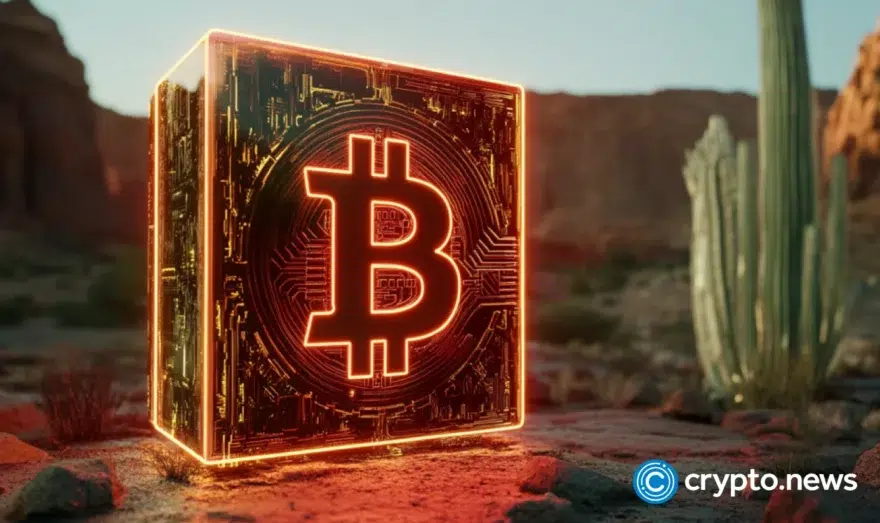How to Determine a Trustworthy Stablecoin Bulletproof to Volatility
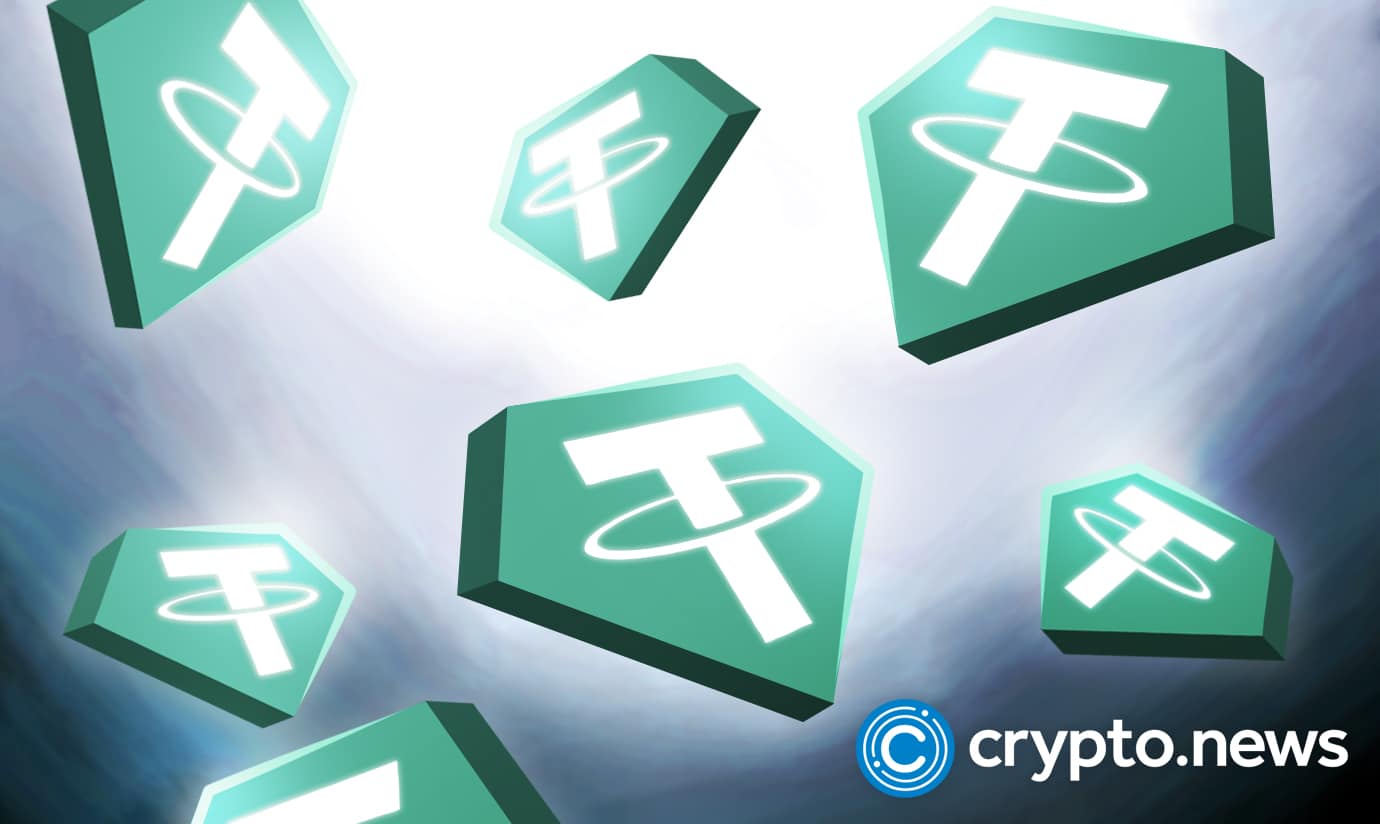
Stablecoins are a relatively new invention that plays a vital role in fostering crypto adoption by overcoming the barrier of market volatility. The asset class is a subset of the crypto market designed to provide a stable value that doesn’t fluctuate.
How Stablecoins Maintain Price Stability
Most stablecoins maintain price stability with a peg to a fiat currency like the U.S. dollar, a crypto asset, or another commodity (often gold). Unlike standard digital assets like bitcoin which are prone to wild price swings, stablecoins can hold steady and facilitate straightforward and cheaper trades on exchanges.
This stability allows them to function more practically as a unit of account, which traditional cryptocurrencies struggle to achieve due to volatility. Typically merchants can accept stablecoins such as Binance USD (BUSD), Tether (USDT), and USD Coin (USDC) without having to worry about their value dropping sharply and eroding profit margins overnight.
That said, stablecoins are prone to specific vulnerabilities that can make them fluctuate from their intended peg. Read on to learn the risks associated with stablecoins and how investors can identify safe and stable options in this crypto sub-sector.
The Risks Associated With Stablecoins
Stablecoins have become a mainstay of the crypto sector because their tokenized nature and stability on the blockchain enables them to move quicker than their fiat counterparts. These transformational assets serve as utility tokens that bridge traditional finance to the world of digital programmable money.
The new subset of digital assets has emerged as the industry’s holy grail due to its ability to facilitate the instant settlement of cryptocurrencies. Using stablecoins, anyone can move value between multiple exchanges without having to convert their crypto back and forth into fiat money.
This unprecedented ability to grease the wheels of the crypto industry has helped the stablecoin market capitalization skyrocket to around $160 billion, per data from Coingecko.
For stablecoins to work, the issuers must always maintain reserves worth 100% of the value of coins in circulation. These reserves ensure that a user can redeem their digital cash for the dollar equivalent whenever they wish.
Unfortunately, the regulation around stablecoins isn’t precise, meaning that issuers can sometimes fail to maintain the cash equivalent of the coins they mint. As such, stablecoins can encounter solvency risk and plunge in value whenever there is a sudden spike in demand for repayment.
Stablecoins that hold no reserve asset but rather depend on the value of other underlying digital assets can also lose their stabilization feature and suffer a sudden collapse. This scenario was displayed during the recent collapse of market-leading stablecoin TerraUSD (UST), which is paired with a partner digital asset (LUNA).
This past May, UST lost its peg to the U.S. dollar and broke the buck, shedding nearly 99% of its value in a matter of days.
Stablecoins: A Prime Target of Financial Watchdogs
Unfortunately, current regulations aren’t enough to guarantee that sufficient collateral reserves always back the stablecoins in the hands of users. Issuers have often taken advantage of this lack of regulatory clarity to betray user trust by failing to protect their reserves.
This inherent risk in the stablecoins space has prompted financial watchdogs to increase their scrutiny of the sector. Even celebrity investor Mark Cuban has been on record advocating for regulators to introduce standards that protect stablecoin users.
Another significant reason why stablecoins are in the crosshairs of financial watchdogs is their unique features that make them easy to move across the global banking system. As such, regulators worry that the assets could be used to circumvent anti-money laundering laws.
In a recent press release, U.S. Treasury Secretary Janet Yellen addressed the risk associated with crypto stablecoins and called for responsible innovation in the space.
SEC Chairman Gary Gensler shared Yellen’s concerns, claiming that the stablecoin asset class poses serious risks to the financial system. The recent systemic failure in TerraUSD has only ramped up calls for stricter regulation on cryptocurrencies.
Tips for Selecting the Right Stablecoin
When buying into stablecoins, investors need to be more prudent to ensure they avoid projects that are likely to de-peg from their underlying asset.
One category of assets with a lower trust factor among crypto users is ‘algorithmic’ stablecoins, which have no reserve assets to maintain their stability. This asset class relies on complex algorithms to balance supply and demand and ensure the price holds steady.
Unfortunately, the algorithmic stablecoin system can be prone to de-pegging during a black swan event. The complex automated trading system behind these stablecoins makes them highly susceptible to sudden crashes that can prove costly to investors. The recent free-fall of TerraUSD is a perfect example of such an occurrence that sent ripple effects through the broader crypto market.
A safer option for stablecoin users would be to buy coins backed by tangible assets. Such digital currencies enjoy more consumer confidence as they are less volatile due to the stability of their underlying peg.
That said, stablecoins backed by assets can also suffer a collapse if they face legal scrutiny over their reserves or regulatory controls. For instance, stablecoin Tether (USDT) faced an uncertain future after the SEC accused the project of failing to hold sufficient dollar reserves.
To avoid stablecoins that are likely to encounter turbulence due to legal challenges, investors should ensure that the issuers are trustworthy and the project has passed a security audit.
Author’s Take
Market turbulence has threatened to dampen investor appetite in the crypto sector and blockchain tech in general. However, the onset of stablecoins has introduced a safe option for traders looking to dabble in the world of virtual assets.
Although they aren’t as popular as bitcoin, stablecoins have become a thriving subgroup of the crypto ecosystem that represents the best of both digital and fiat currencies. Unfortunately, algorithm failures and lack of transparency from issuers have fueled skepticism toward the overall reliability of some stablecoins.
In an interview with news18.com, Edul Patel, the Co-Founder of crypto investment platform Mudrex, shared tips on how crypto enthusiasts can spot a trustworthy stablecoin. The industry expert advises investors to study each stablecoin’s underlying mechanics and check audit records to ensure the issuer has received collective trust from the crypto community.









